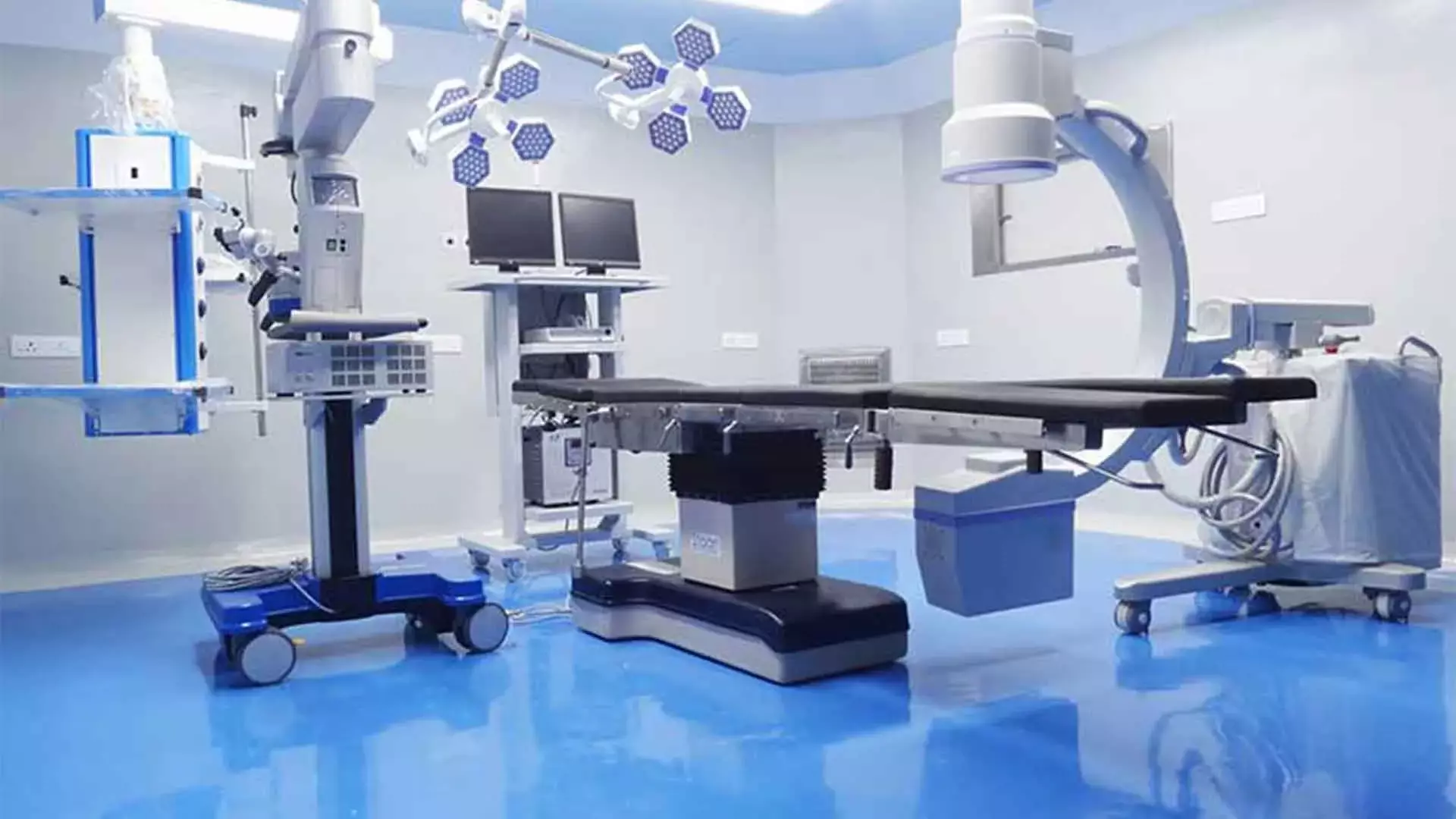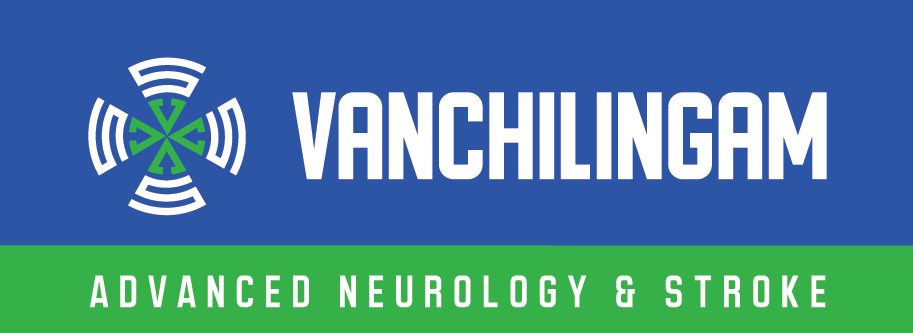Expert Disc Disease Treatment at Pocket-Friendly Costs
- Specialized Treatment for Disc Herniation and Degeneration
- Minimally Invasive Procedures, Including Microdiscectomy
- Advanced Diagnostics with MRI and CT Scans
- Comprehensive Physiotherapy and Rehabilitation
- Personalized Treatment for Long-Term Relief
- Affordable Solutions for Lasting Recovery
Disc Disease Management: Restore Movement, Relieve Pain
Relief, recovery, and resilience – reclaim your spine health at Vanchilingam Advanced Neurology and Stroke Care!
At Vanchilingam Advanced Neurology and Stroke Care, we specialize in the diagnosis and treatment of disc diseases, helping patients regain mobility and live pain-free. Using cutting-edge technology and personalized care, we aim to address your condition effectively while ensuring your comfort at every step.

What is Disc Disease?
Disc disease refers to conditions affecting the intervertebral discs – the cushioning pads between the bones (vertebrae) in your spine. These discs provide flexibility and act as shock absorbers for the spine. Over time, they can degenerate, herniate, or become damaged, leading to pain and reduced mobility.
Common types of disc diseases include:
- Degenerative Disc Disease (DDD): Wear and tear over time can cause the discs to lose flexibility and cushioning.
- Herniated Disc: A tear in the disc’s outer layer can allow its gel-like center to bulge out, pressing on nearby nerves.
- Bulging Disc: The disc protrudes outward without a complete tear, potentially causing nerve irritation.
Symptoms to Watch For
The symptoms of disc disease vary depending on the affected area of the spine:
- Neck (Cervical Spine): Pain radiating to shoulders or arms, numbness, or weakness in the hands.
- Lower Back (Lumbar Spine): Pain in the lower back, radiating to the legs (sciatica), or difficulty standing and walking.
- General symptoms include stiffness, reduced range of motion, and tingling sensations.
Causes of Disc Disease
Several factors contribute to the development of disc disease:
- Aging: Natural degeneration of the discs over time.
- Injuries: Trauma to the spine, such as from accidents or falls.
- Lifestyle Factors: Sedentary habits, poor posture, or repetitive heavy lifting.
- Genetic Predisposition: Family history of spinal conditions.
Treatment Options
At Vanchilingam Advanced Neurology and Stroke Care, we offer a wide range of treatment options tailored to your specific condition and needs. We utilise advanced neurosurgical microscopes for interventions, which improve visualization for the surgeon and surgical team without increasing the size of the surgical incision.
Non-Surgical Treatments:
- Physical Therapy: Exercises to strengthen muscles, improve flexibility, and support the spine.
- Medications: Pain relievers, anti-inflammatory drugs, and muscle relaxants to alleviate symptoms.
- Epidural Steroid Injections: Targeted injections to reduce inflammation and provide relief from pain.
Minimally Invasive Procedures:
- Nerve Blocks: Targeted pain relief for specific nerve-related pain.
- Percutaneous Discectomy: A minimally invasive procedure to remove portions of the herniated disc.
Surgical Solutions (if necessary):
- Microdiscectomy: Removal of the herniated portion of the disc to relieve nerve compression.
- Spinal Fusion: Stabilizing the affected vertebrae by fusing them together.
- Artificial Disc Replacement: Replacing the damaged disc with an artificial one to restore movement.
Why Choose Vanchilingam Advanced Neurology and Stroke Care?
- Experienced Team: Our specialists are highly skilled in managing even the most complex disc conditions.
- Advanced Diagnostics: Utilizing imaging technologies like MRI and CT scans for accurate diagnosis.
- Comprehensive Care: Offering a full spectrum of treatments, from conservative therapies to advanced surgeries.
- Patient-Centered Approach: We work with you to create a personalized treatment plan that aligns with your goals and lifestyle.
Take Control of Your Spine Health
Disc disease can disrupt your life, but with the right care, recovery is possible. At Vanchilingam Advanced Neurology and Stroke Care, we are here to guide you every step of the way, from diagnosis to rehabilitation.
If you or a loved one is experiencing symptoms of disc disease, don’t wait. Contact us today to schedule a consultation and explore your treatment options.
Meet the Specialists
Our team of dedicated specialists brings years of expertise and a passion for delivering personalized care.
Real Experiences, Real Results
Discover how Dr. Vanchilingam Advanced Neuro & Stroke Hospital has transformed the lives of our patients. Also hear our specialists talk about the services and solutions we offer for various neurological issues.





OUR SPECIALITY
Acute Stroke Unit
The Acute Stroke Unit is an acute neurological ward providing specialist services for people who have had a new suspected stroke. On the Acute Stroke Unit we provide: Thrombolysis treatment -treatment is started in the Emergency Department and you will have the rest of your Treatment and monitoring on the Acute Stroke Unit
OUR SPECIALITY
Advanced Neuro ICU
A neuro ICU is an Intensive Care Unit which is particularly devoted to a high – quality care of patients with the neurological problems that are life-threatening in nature. The neuro ICU of our hospital is a complete state of the art and a full-fledged one designed to provide almost all sorts of advanced neurological care to the normal patients as well as the patients in the emergency.
OUR SPECIALITY
Advanced Neuro Imaging
Our radiology department is a state of the art department with all the necessary infrastructure that is essential for effectively dealing with the neuro and neurosurgery emergencies at its best. The advanced neuroimaging techniques used by our doctors are as discussed below.
OUR SPECIALITY
Neuro interventional Cath Lab
A neuro-interventional Cath lab in a neurodiagnostic Centre is a specialized catheterization laboratory which has all the necessary diagnostic imaging equipment that is particularly used for the purpose of visualization of the arteries, veins and other vascular malformations of the brain and spinal cord.
OUR SPECIALITY
Neuro-Surgery Operating Room
The neurosurgery operating room of Dr.Vanchilingam Hospital, Neurosurgery Hospital is a fully functional and a state of art one that has the adequate infrastructure for effectively carrying out even the most complicated neuro surgeries with ease.
What are common causes of neck pain?
Neck pain can result from poor posture, muscle strain, injuries, or conditions such as herniated discs and degenerative disc disease. Prolonged use of computers or smartphones can also contribute to neck pain.
What symptoms are associated with neck pain?
Symptoms of neck pain may include:
- Stiffness or limited range of motion.
- Pain radiating to the shoulders or arms.
- Numbness, tingling, or weakness in the hands.
How is neck pain treated at Vanchilingam Advanced Neurology and Stroke Care Hospital?
You should seek medical attention if:
- The pain lasts more than a few days or worsens over time.
- It is accompanied by numbness, tingling, or weakness in the arms or hands.
- It occurs after an injury or accident.
Can neck pain be caused by disc problems?
Yes, conditions like herniated or bulging discs in the cervical spine can press on nerves, leading to neck pain, stiffness, and sometimes numbness in the arms.
What minimally invasive treatments are available for neck pain?
We provide advanced options such as:
- Nerve Blocks: For pain relief in nerve-related conditions.
- Percutaneous Discectomy: A minimally invasive procedure to treat herniated discs.
Can lifestyle changes help prevent neck pain?
Yes, maintaining good posture, taking frequent breaks from screen time, and strengthening your neck and shoulder muscles can help reduce the risk of neck pain.
What causes back pain?
Back pain can result from poor posture, muscle strain, injuries, or spine conditions like bulging or herniated discs, degenerative disc disease, or spinal stenosis. Heavy lifting and prolonged sitting can also contribute to back pain.
What are the symptoms of back pain related to spine problems?
Symptoms include:
- Persistent lower back pain.
- Shooting pain down the legs (sciatica).
- Stiffness or difficulty standing and walking.
When should I seek medical care for back pain?
You should consult a doctor if your back pain:
- Persists for more than a week or is severe.
- Is accompanied by numbness, tingling, or weakness in the legs.
- Occurs after an accident or lifting heavy objects.
What are the non-surgical treatments for back pain at Vanchilingam Advanced Neurology and Stroke Care Hospital?
- Physical Therapy: To strengthen back muscles and improve mobility.
- Medications: Pain relievers, muscle relaxants, and anti-inflammatory drugs.
- Epidural Steroid Injections: To reduce inflammation and alleviate pain.
Will I need surgery for neck or back pain?
Surgery is usually a last resort, recommended only when other treatments fail or when there is significant nerve compression. Common surgical options include microdiscectomy, spinal fusion, or artificial disc replacement, all tailored to your specific condition.
Can back pain be caused by disc issues?
Yes, problems like herniated discs or degenerative disc disease in the lumbar spine can cause significant back pain, sciatica, and reduced mobility.
What surgical and minimally invasive treatments are available for back pain?
Our hospital specializes in:
- Microdiscectomy: Removing herniated disc material to relieve nerve pressure.
- Spinal Fusion: Stabilizing the affected vertebrae.
- Artificial Disc Replacement: Restoring movement by replacing damaged discs.
How can I prevent back pain?
To reduce the risk of back pain, practice good posture, use ergonomic furniture, maintain a healthy weight, and engage in regular exercise to strengthen your core and back muscles.
Why should I choose Vanchilingam Advanced Neurology and Stroke Care Hospital for back pain treatment?
We provide comprehensive care, advanced diagnostic tools, and a range of treatment options tailored to each patient’s needs. Our experienced team ensures the highest standard of care and personalized attention.
How do I book an appointment for neck or back pain treatment?
You can book an appointment by contacting us through this website or calling us. Early diagnosis and timely treatment can significantly improve your quality of life.











